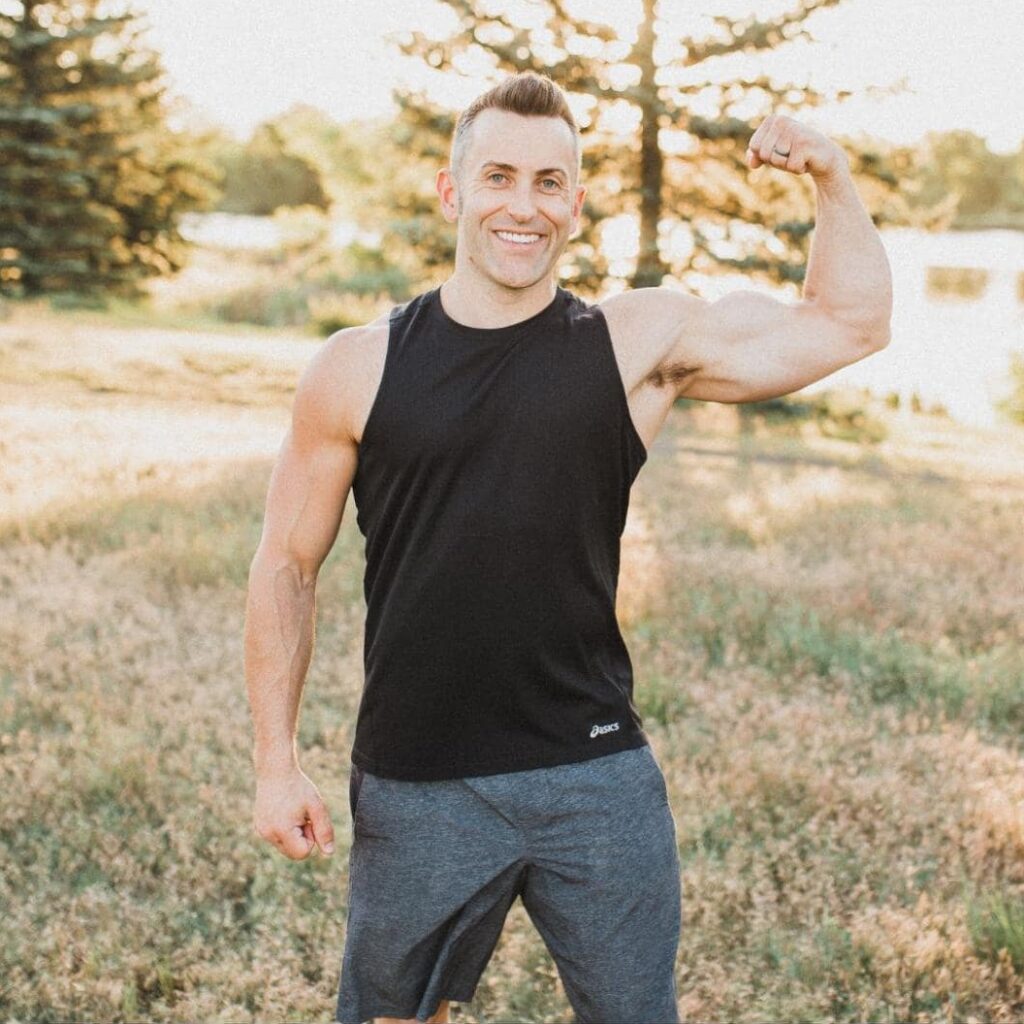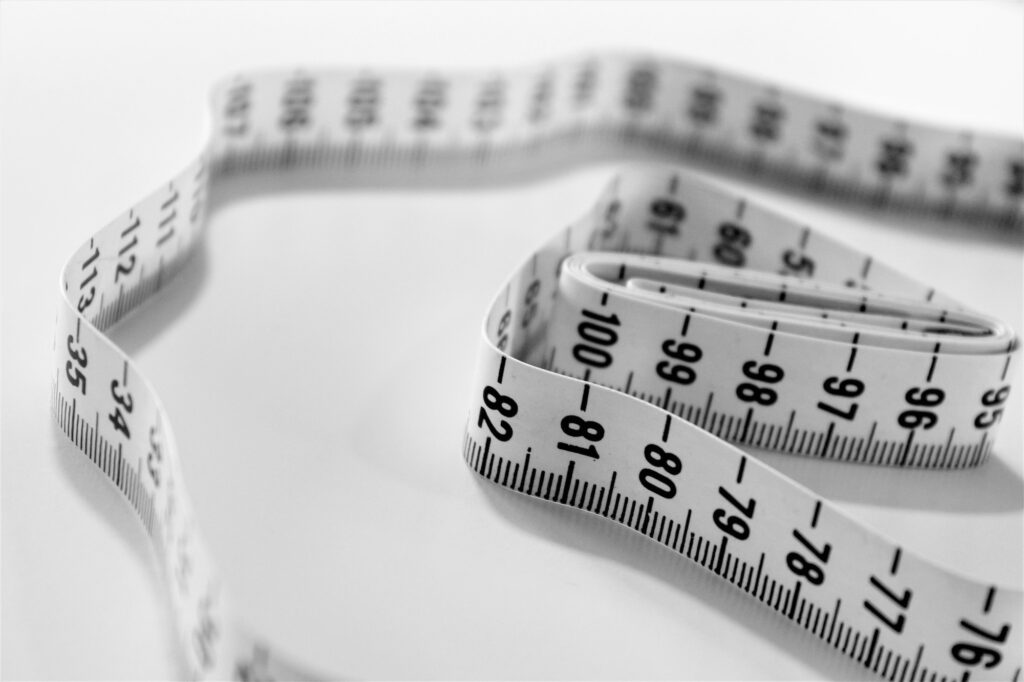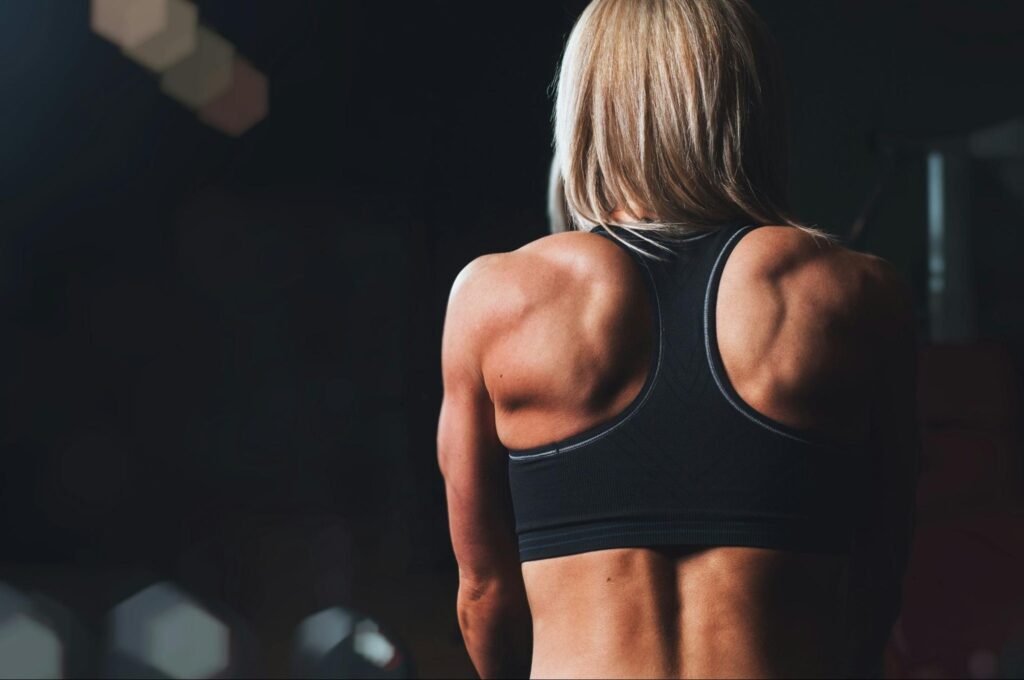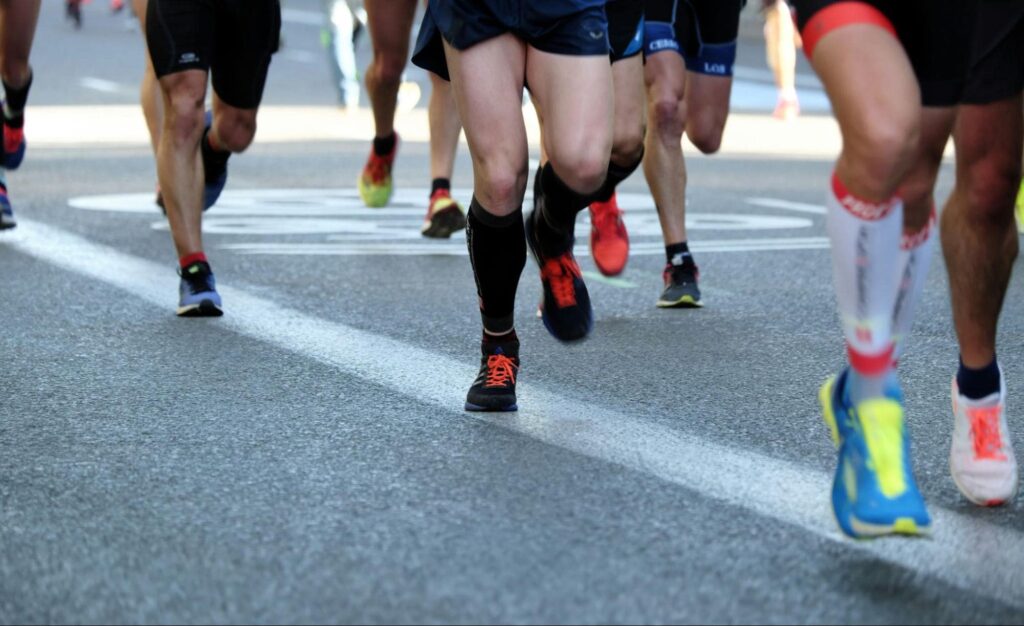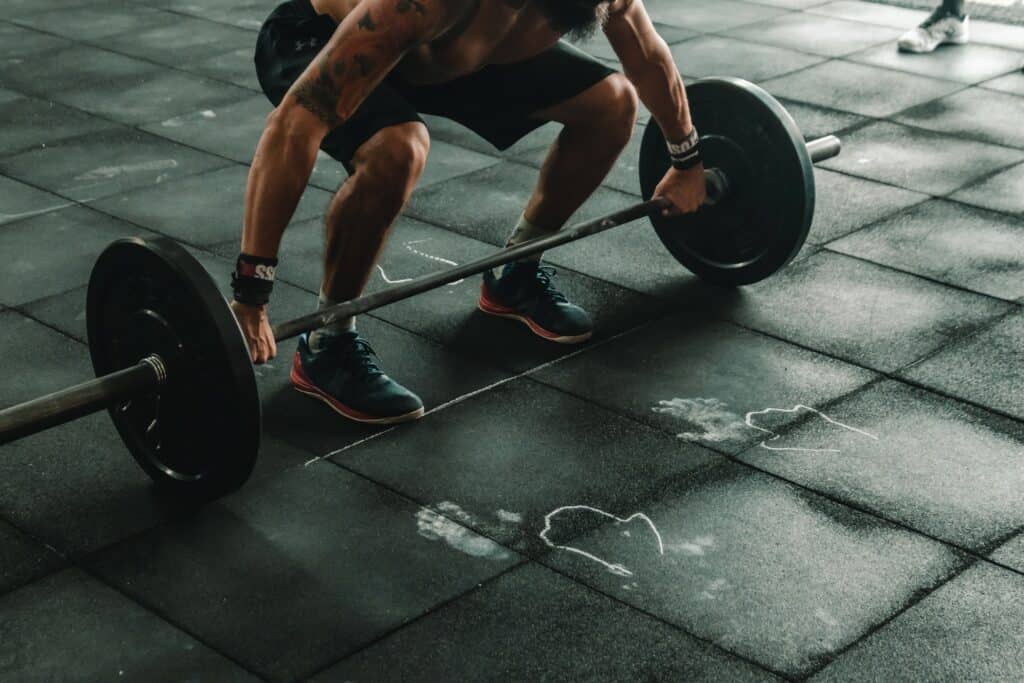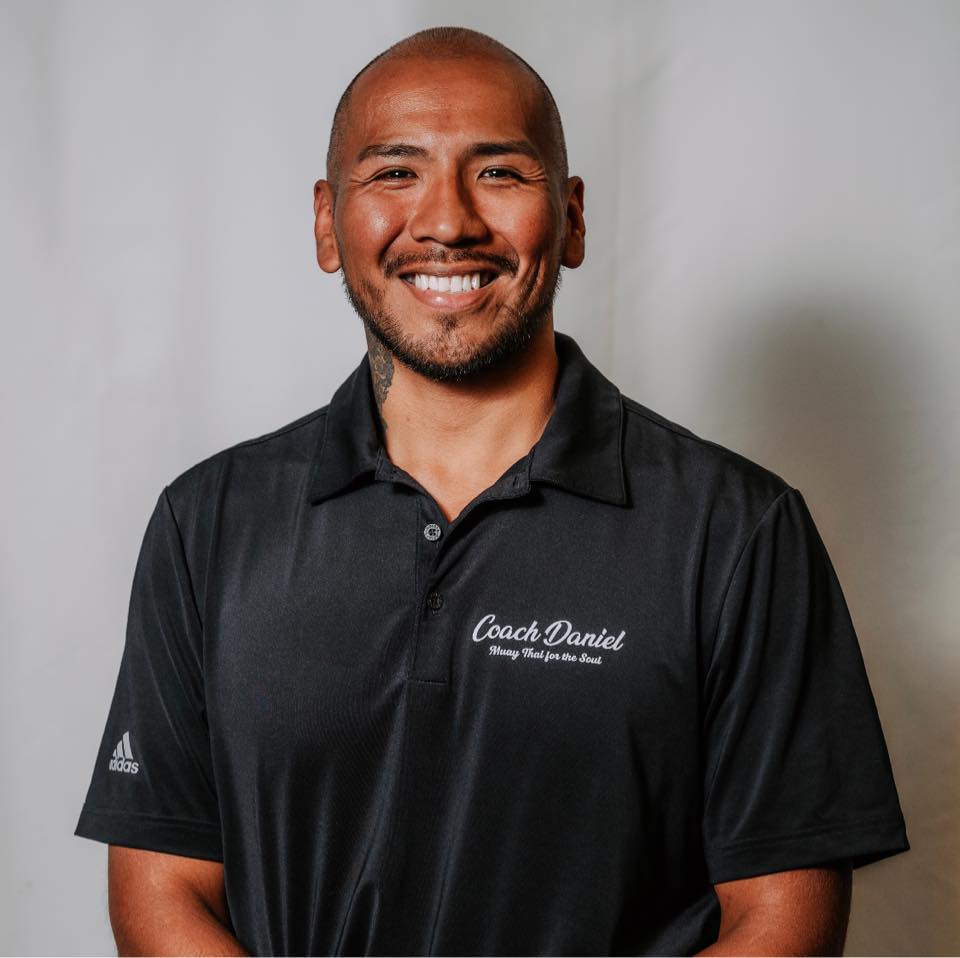
Today, we’re featuring a special guest blog from Chris Hale, a co-owner of Rocky Mountain Flex and a NASM-certified Personal Trainer, Sports Nutrition Coach, and Corrective Exercise Specialist. With over 15 years of experience, Chris has been helping clients get stronger and transform their bodies. Today, he’ll discuss the difference between losing weight and losing fat.
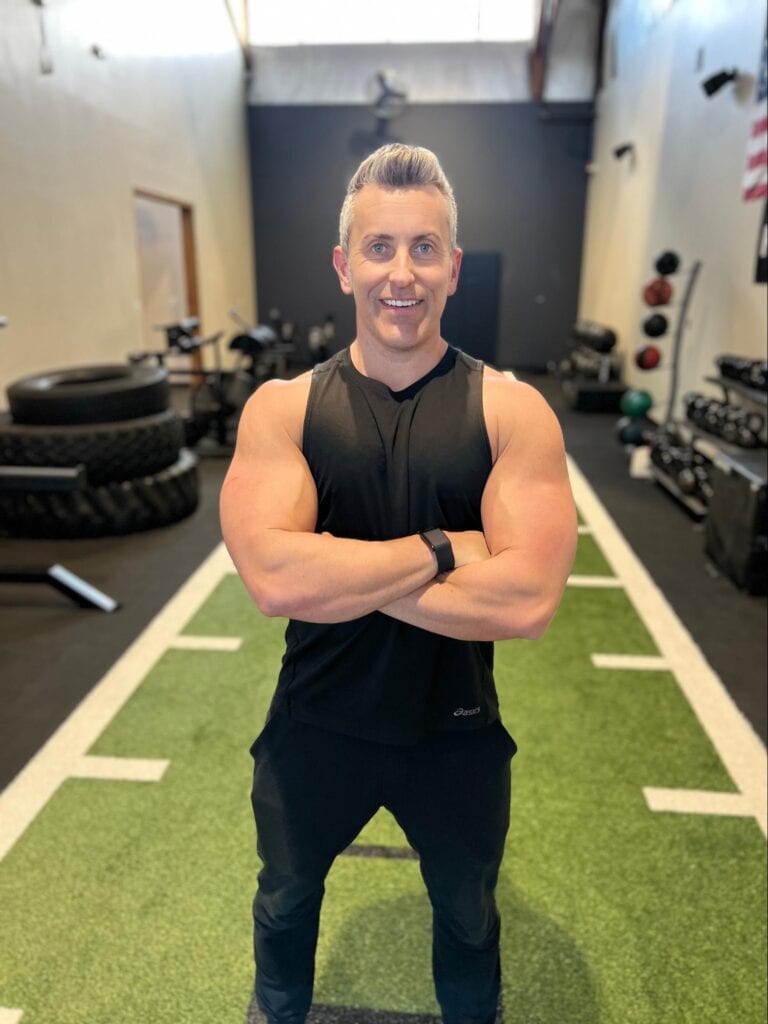
When we talk about losing weight, we’re usually referring to fat loss. However, these concepts are different, even though we may emotionally equate them. Too often, we’re fixated on what the scale says, assuming it reflects our body fat percentage. The number on the scale can fluctuate daily for a host of reasons, which can be frustrating.
It can mess with your mind when you’ve been working out consistently, are feeling good, and visually look better, only to see your scale weight either stays the same, barely changes, or even (God forbid) goes up! Many times as a trainer, I have to talk clients off the ledge when this happens. So, what’s really going on?
The scale is often the only tool people use to measure fat loss, but it’s not always accurate. It is a helpful data point but it doesn’t provide the full picture of your progress or define your success.

What does the number on the scale really mean?
For fat loss goals, the scale is a limited tool. While it tells you your total weight, it doesn’t distinguish between fat, muscle, water, or waste. Essentially, the scale reflects your current relationship to gravity, nothing more. Yet, many of us, myself included, often attach too much emotional significance to that number.
Your body weight naturally fluctuates daily due to various factors. The scale can’t tell you how much of your weight is water (which varies with hydration levels), muscle gain from training, fat loss, inflammation, hormonal changes (like those during a menstrual cycle), or the amount of waste in your bowels or bladder.
Even your carbohydrate intake can influence the number on the scale, as your body stores water with carbs. For example, for every 1 gram of carbs you consume, your body also holds onto about 3 grams of water. So if you consume an extra 200g of carbs, that’s an extra 600 grams of water right there. 1lb = approximately 454g, so that 200 grams of carbs you ate combined with the weight from your food, can add nearly 2 pounds of scale weight.
Losing fat and losing weight are NOT the same thing.
While weight and fat loss are related, they are not the same thing. It’s important for clients to understand this distinction, even though it can be challenging. When aiming to lose weight, clients should focus on losing body fat, gaining muscle, and ultimately changing the shape of their bodies.
When clients talk about losing weight, they are usually referring to wanting to feel or look a certain way. A pound of fat takes up more space in the body than a pound of muscle. For example, if a client loses 5 pounds of body fat but gains 5 pounds of muscle, their weight on the scale remains the same, but their body shape will change. This is because fat takes up more space in your body and muscle is more dense contributing to a leaner, more defined appearance.
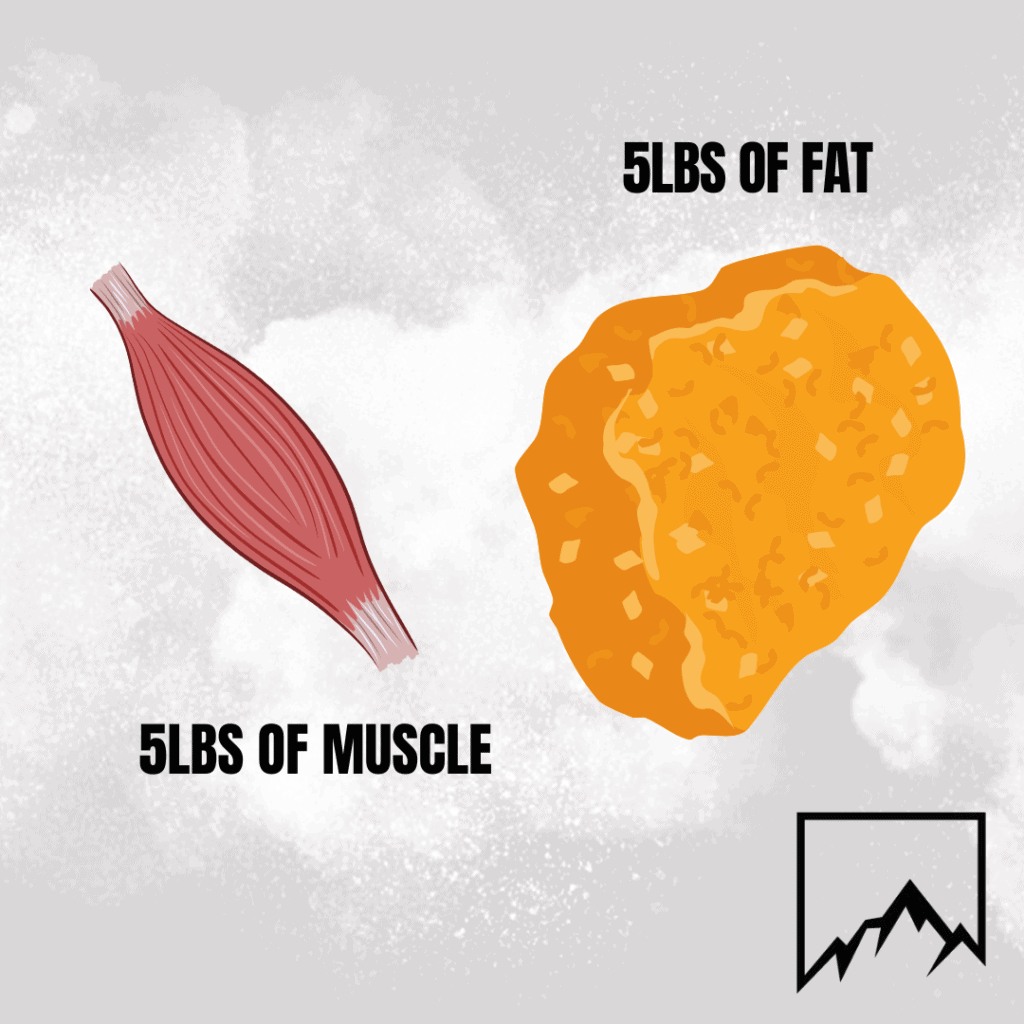
Here are five tips for measuring your progress:
First things first. If you are trying to lose body fat, focus on making a plan by following a reasonable, balanced nutrition and fitness plan, and stick to it. When you track anything, scale weight or not, it should be measured against how your plan is working out or not.
1. Reduce your frequency of getting on the scale
If you frequently weigh yourself on the scale, I encourage you to reduce how often you are doing so. I have no problem with checking body weight to collect a data point once per week or every other week. Remember that the scale weight doesn’t give you the whole story, it won’t account for factors such as fat, muscle, water weight, waste, food, bloat, etc.
2. Take circumference measurements
In addition to tracking your scale weight, use a tape measure to take circumference measurements. A simple tape measure, which costs under $4, can provide valuable insights into changes in your body shape, especially if your goal is to reduce your waistline.
3. Take pictures to track your progress
It’s easy to forget where you started once you’ve made progress and only see the current state of your body. Even if you notice changes, they can be subtle changes over days, weeks, or months.
As much as you may dislike taking photos of your body when you’re not in your best shape, it’s important to do it! Many clients have told me they didn’t think they had made much progress until they compared their before and after photos side-by-side and saw the significant changes in their body composition.
After taking your “before” photos, set them aside without judging them. Focus on your current progress rather than where you started. It’s recommended to take updated photos every 2-4 weeks and keep them in the same folder. This way, you can look back and see your progress over time. Alternatively, you can use a fitness app that allows you to compare your progress photos side-by-side.
When taking your photos, try to do so at the same time of day—morning is usually best—and if possible, in the same outfit or swimsuit. If you’re serious about making a healthy lifestyle change and staying consistent with your workout and nutrition plan, you will see significant changes in your body!
4. Measure with a piece of clothing
One of my favorite measuring tools with clients besides progress photos and circumference measurements is using a piece of clothing to measure progress. Using a piece of clothing, such as tighter pants or jeans, can be an effective way to gauge your progress. Check every 2-4 weeks to see if they feel looser.
5. Take measurements via a body scan
Another way to measure your progress is by getting an InBody scan. Your progress will then get stored on the InBody app where you can keep track of your weight, total skeletal muscle mass, total body fat, and total body water. In Denver, you can get a free InBody scan when shopping at the MyFitFoods in Cherry Creek or Denver Tech Center locations. InBody recommends getting a new scan every 2-4 weeks.
Whatever you choose to do to track your progress, just remember, that body weight and body fat are not the same thing and that the scale is mostly just telling you your relationship to gravity in a given moment. Change doesn’t happen overnight so just keep focusing on making positive changes for your body through good nutrition and fitness habits. Your hard work WILL pay off in the end!
Chris Hale is a co-owner of Rocky Mountain Flex and a NASM-certified Personal Trainer and Corrective Exercise Specialist with over 15 years of experience helping clients achieve their dream bodies in New York City, Denver, and online worldwide. With a passion for fitness and a personal journey that includes placing top 5 in an Atlantic States NPC physique competition in NYC, Chris brings a wealth of knowledge to his training. He holds certifications in Metabolic and Neurological Adaptations with Kettlebells and specializes in guiding clients through effective weight training, cardiovascular exercises, and nutrition strategies. Chris is dedicated to helping clients understand the science behind their transformations and empowering them to feel strong, energized, and confident.
